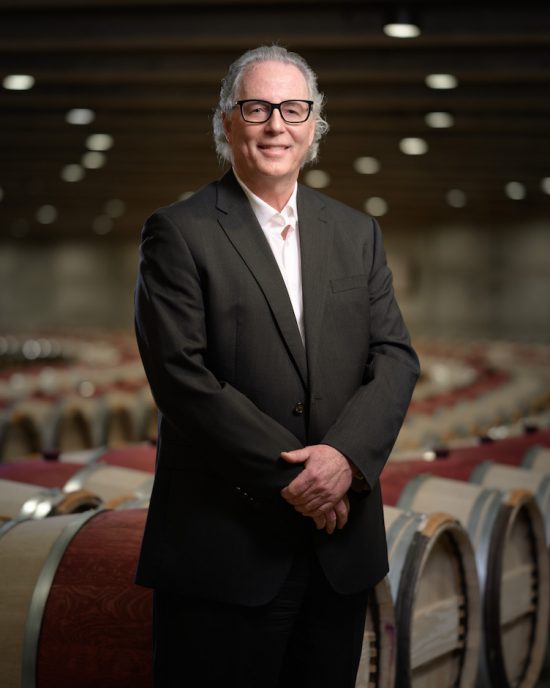


Interestingly, the great Saint-Emilion property Château Ausone has gone through a similar evolution in terms of alcoholic strength but still smells and tastes like a claret. The smell and taste of the more modern vintages are also much more overtly new world. In the early years they hovered around a typically Médocain 12.5 – 12.9°, rose to 13.5° and above in the 1990s, and are now at between 14 and 15°. Alcohol levels showed a similar tendency. The tasting, which spanned four decades, showed that the wine was very good at the very outset but that the style has gradually changed, starting out as very Pauillac in approach (the early vintages could easily have been taken for Médocs if tasted blind) and growing increasingly Californian as the years rolled by. But human ingenuity is not forgotten: staff are encouraged to become fully involved at every stage, suggesting possible improvements based on their own personal insights at vineroots level.
#Opus one 2004 vintage tasting notes full
What emerged from Mr Silacci’s address is that every single aspect of viticulture and viniculture is monitored and analyzed from every conceivable angle, making full use of computer technology in all its many forms. It was also found that irrigation at night got better results, as the process was more effective at lower temperatures. This, he added, created a slight but beneficial degree of stress. At Opus One, Mr Silacci says, they found that the vines’ roots could be made to go deeper by “increasing the intervals between irrigations and by increasing the volume of each irrigation”. But there are different approaches to it. Irrigation is allowed in California, where precipitation follows a different pattern from most of Europe. (As Christian Moueix once said to me – about the ‘88 clarets – “you can’t make great wines without great grapes”).

The estate’s main tenets are that “grape quality determines wine quality and pruning determines grape quality”. Michael Silacci is an unassuming, scholarly-Iooking man with square shoulders (and jaw) and dark-rimmed spectacles. The Grand Chai - Opus One maturing in the wood. One can imagine that quite a bit of “promotion” preceded the sale – the current price for the wine is around $300 the bottle.

Two years later a case of that vintage was sold at auction for US$ 24,000 – reportedly the highest price ever paid for a California wine. The first fruit of the project was the 1979 Opus One, which predictably attracted worldwide attention. Opus One was jointly launched in the late 1970s by P hilippe de Rothschild, proprietor of Mouton-Rothschild in Pauillac, and Robert Mondavi, pioneer wine maker in the Napa Valley. He adopted his present career in 1978, when “I fell in love with wine and two-hour lunches!” The holder of a master’s degree in viticulture from the University of California, Davis, he has made wines in Oregon, France, and Chile and closer to home was for six years wine-maker at Stag’s Leap Wine Cellars, also in California. Including the 1979, the very first vintage, the eight wines were personally chosen by Michael Silacci, who has been in charge of wine-making since 2004. A tasting of eight of the best-ever vintages of Opus One, California’s most celebrated red wine, was recently hosted in London by the Masters of Wine.


 0 kommentar(er)
0 kommentar(er)
